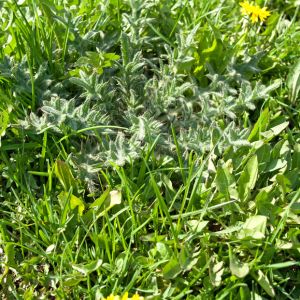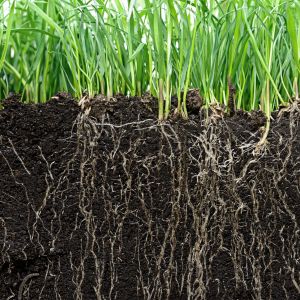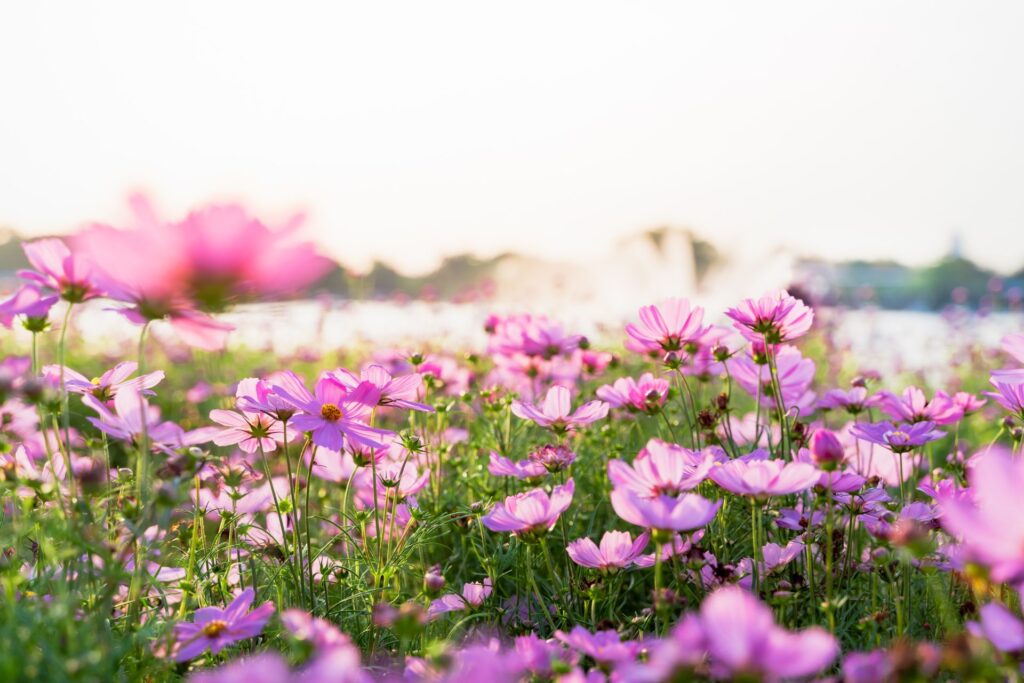Discover the truth about native plants and how to create a stunning, easy-to-maintain garden that supports local wildlife and pollinators. Native plants are often hailed as the ideal choice for their low-maintenance characteristics and their ability to benefit birds and pollinators. While many designers showcase the beauty and resilience of native plant communities in their projects, it’s essential to sift through the myths and misinformation before embarking on your own garden transformation. Ready to unlock the secrets to a vibrant garden?

Drought Tolerance Misconceptions: Native plants aren’t universally drought-tolerant. The key lies in matching the right plant to the right place. For instance, if a native plant naturally thrives in dry shade in the wild, it should be placed in a similar garden setting. This approach not only ensures the plant’s well-being but also reduces maintenance costs. Not all native plants can
withstand prolonged droughts, and their success may depend on factors like root length, leaf structure, or their natural habitat. A misplacement may lead to disappointment.
Discover how to select the perfect native plants for your garden
Regional Specifics: Native plants in the United States span a vast range of climates and environments. With over 7,000 native plant species across the continental United States, it’s crucial to remember that Orchard Park native plants might not be the right fit for your garden or local wildlife if you reside in a different region.
Complicating matters further are the numerous ecoregions. Consider the tallgrass ecoregion that extends from Orchard Park to West Seneca. Even though many plants can thrive throughout this region, native asters in Orchard Park might bloom several weeks earlier than those in Orchard Park. This timing is crucial for pollinators whose life cycles revolve around flowering. Mismatched timing can hinder both pollinators and the plants’ reproduction.
Climate Compatibility: Trees, shrubs, or perennials that grow in climates significantly different from your own may struggle in your garden. For example, planting a tree grown in Orchard Park in West Seneca could lead to premature leaf loss or damage during late freezes.
The ‘Weedy and Messy’ Misconception: Concerns about native plants being weedy or messy are widespread. While some native plants can spread aggressively, their behavior in home gardens may differ from their wild counterparts. Proper planning and consultation with professionals can help maintain a visually appealing garden while preserving the benefits of native flora.

Soil Improvement Myths: Some gardeners worry about native plants thriving in clay soil, assuming that extensive fertilization will be required. However, many prairie flowers and grasses thrive in clay soil. Overly fertile soil can lead to overgrowth and poor plant performance.
To unlock the full potential of a low-maintenance, ecologically friendly garden with native plants, invest time in research and understanding. By choosing plants that naturally grow together in the wild and realizing how they mutually benefit one another, you can create a thriving ecosystem. Resources, experts, and hands-on experience can provide valuable insights.
By front-loading your efforts, you not only enhance your garden design and local plant communities but also pave the way for a healthier and more manageable landscape in the future—every gardener’s dream.
Explore native plants from various regions across the United States

